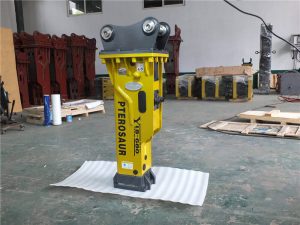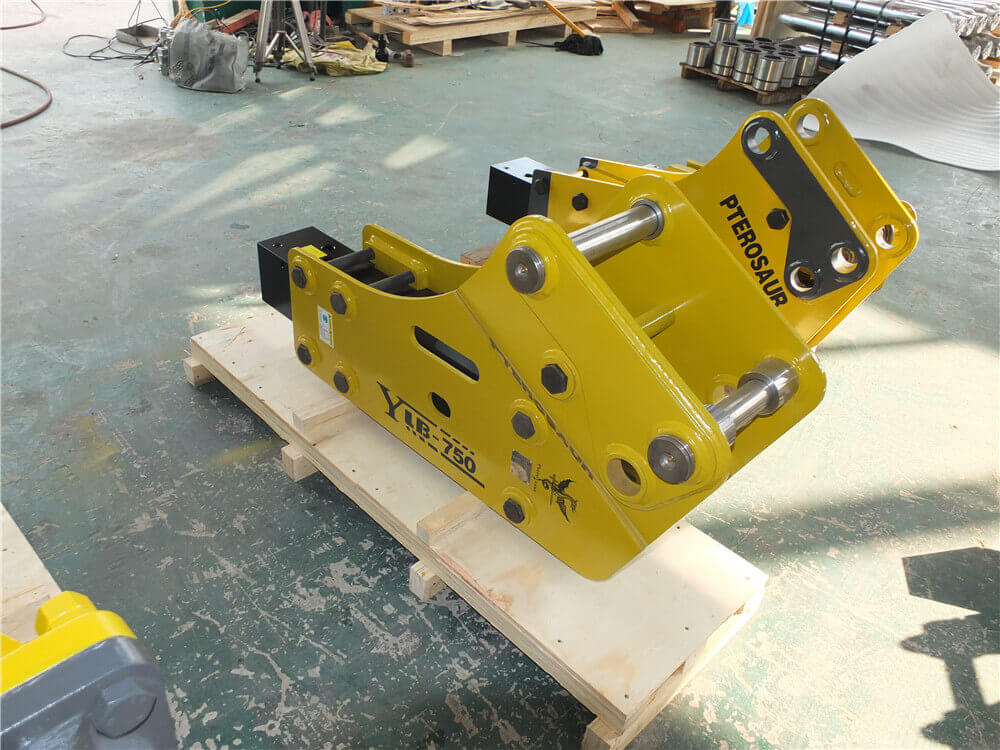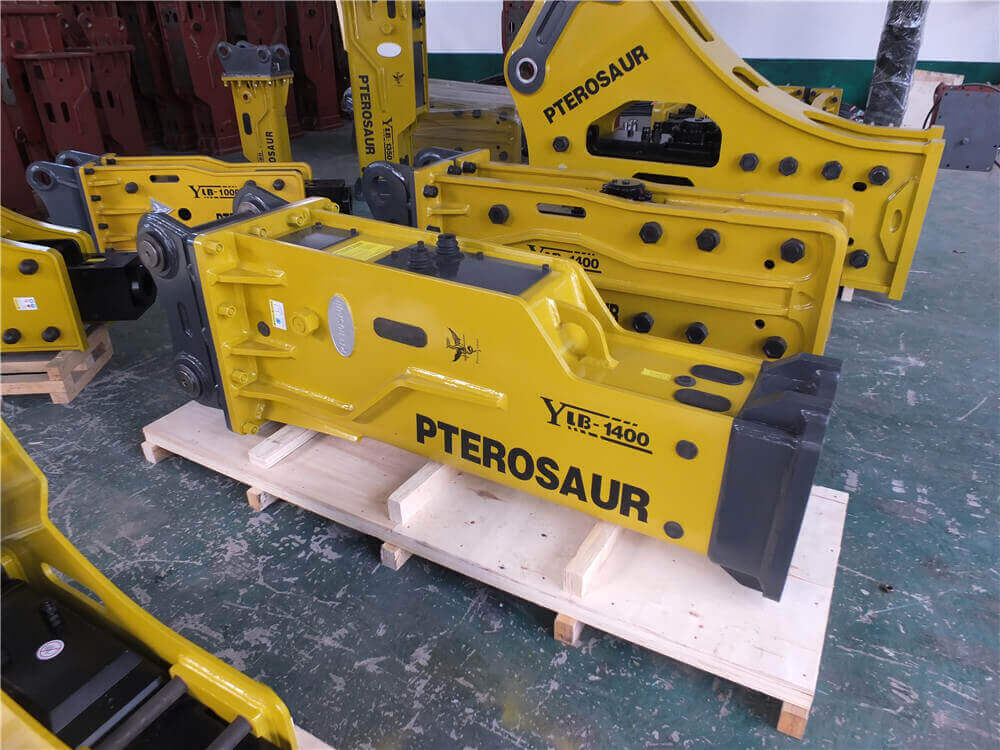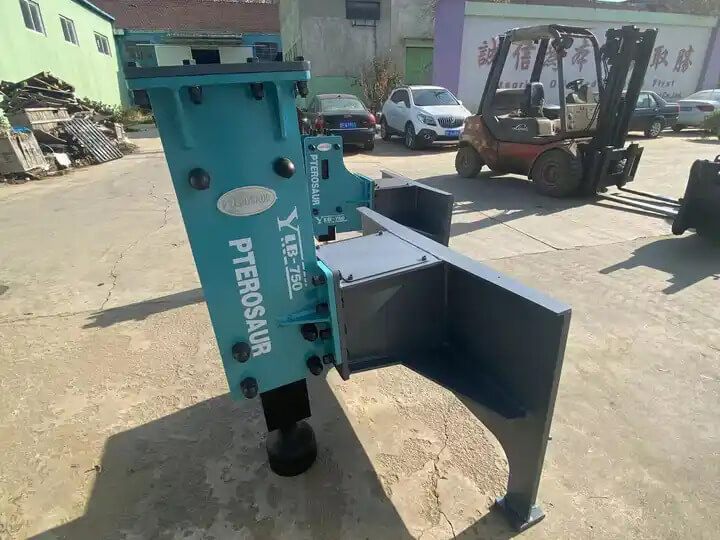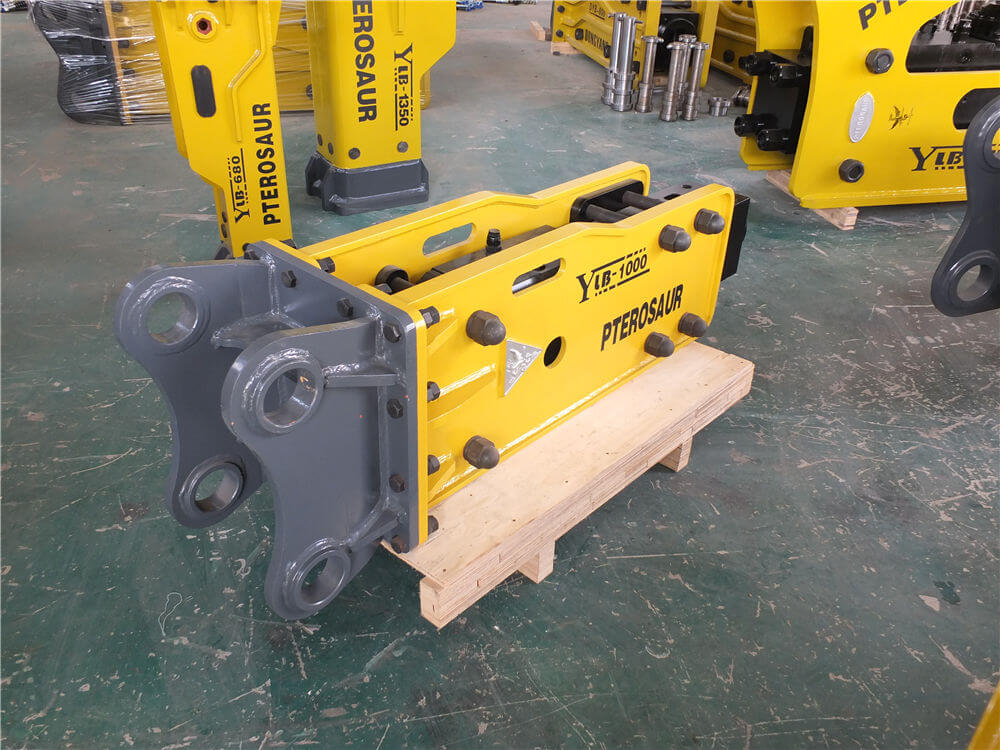Understanding Hydraulic Hammer Protection: Mechanisms and Best Practices
Hydraulic hammer protection is crucial in various applications, particularly in construction and pipeline systems. The phenomenon known as “hydraulic hammer,” or water hammer, occurs when a sudden change in fluid flow – such as the quick closing of valves or the abrupt start/stop of pumps – creates pressure surges in pipelines. These pressure spikes can lead to significant damage if not properly managed. This article discusses the mechanisms of hydraulic hammer protection and best practices for operating hydraulic hammers safely.
Mechanisms of Hydraulic Hammer Protection
Modern hydraulic hammering protection devices primarily operate based on four principles:
-
Drainage Systems: Effective drainage systems can mitigate the effects of pressure surges by allowing excess water to escape, thus relieving pressure buildup in the pipeline.
-
Surge Tanks: These tanks are designed to absorb both high and low-pressure waves, acting as a buffer during sudden changes in water flow. By accommodating these changes, surge tanks can prevent potential damage to the system.
-
Air Valves: Air valves play a vital role in alleviating low-pressure problems by allowing air to enter the system, which helps stabilize pressure fluctuations. This can be particularly beneficial when dealing with the effects of water hammer.
-
Pressure Stabilizers: These devices are critical in maintaining consistent pressure within hydraulic systems. They can automatically adjust to changes, providing a safeguard against the damaging effects of hydraulic hammer.
Research indicates that combining these protective devices—such as using a hydraulic-control butterfly valve in conjunction with air valves and surge tanks—yields the best results in mitigating hydraulic transients.
Best Practices for Operating Hydraulic Hammers
Operating hydraulic hammers safely is essential for both personnel and equipment. Here are some key safety tips to keep in mind:
-
Wear Protective Gear: Always use appropriate personal protective equipment (PPE), including gloves, safety glasses, and hearing protection. The noise levels associated with hydraulic hammers can be dangerously high.
-
Understand the Equipment: Familiarize yourself with the specific hydraulic hammer model you are using. Each model may have unique operating procedures and safety features.
-
Regular Maintenance: Ensure that hydraulic hammers are regularly serviced and maintained. This includes checking hydraulic fluid levels, inspecting hoses for leaks, and ensuring all components are functioning correctly.
-
Training: Proper training on how to operate hydraulic hammers is crucial. Operators should be aware of the risks and know how to handle the equipment safely to prevent accidents.
-
Use in Suitable Conditions: Always assess the working environment before operating a hydraulic hammer. Avoid using these tools in unstable or hazardous conditions where the risk of accidents may increase.
Conclusion
Hydraulic hammer protection is a multifaceted field that combines engineering principles with practical safety measures. Understanding how to protect pipeline systems from hydraulic hammer and adhering to best practices in operating hydraulic hammers can significantly reduce risks associated with these powerful tools. By implementing effective protection mechanisms and maintaining safety standards, we can ensure the longevity of our equipment and the safety of our workforce.

